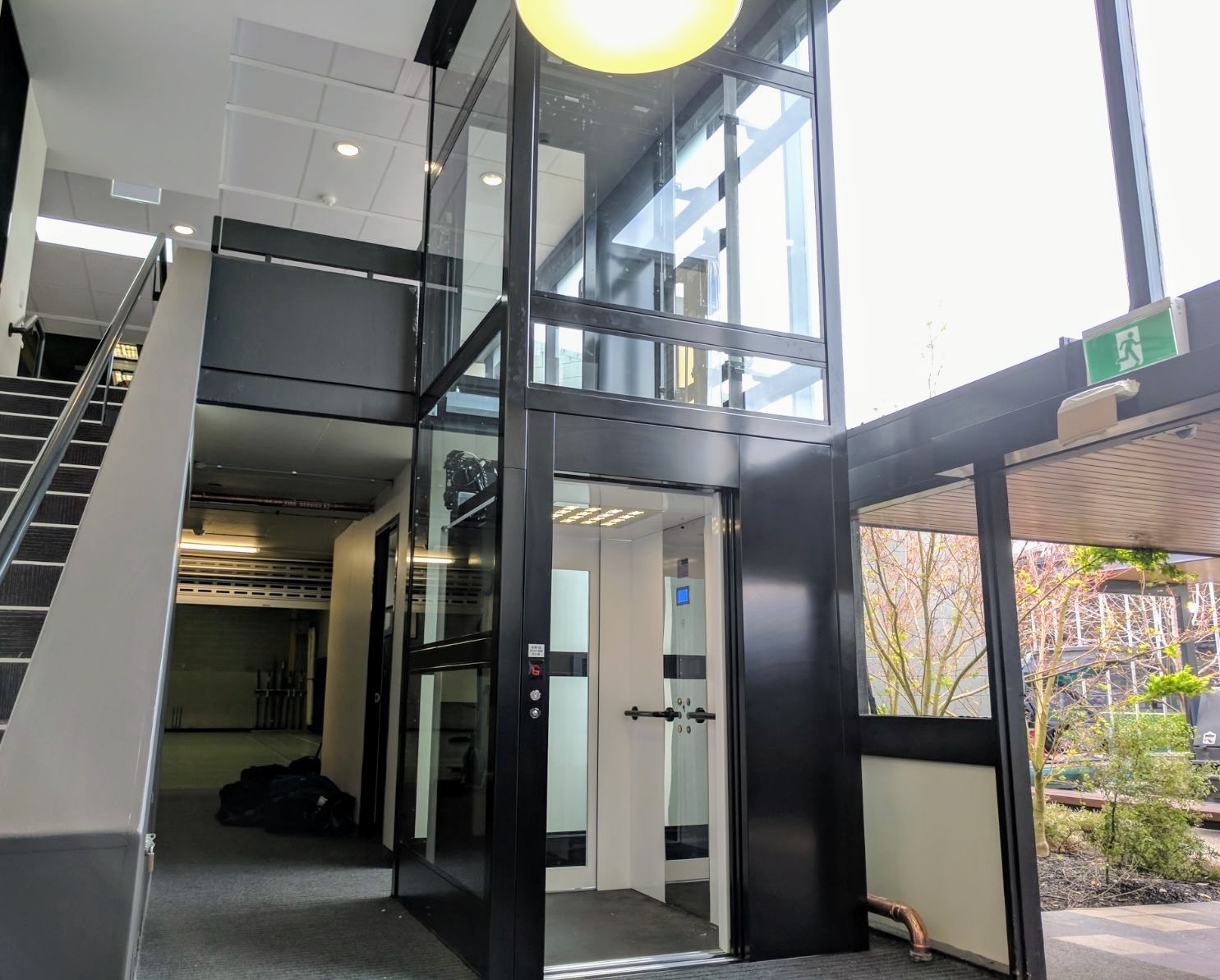Navigating the school environment can be challenging for students, particularly those with disabilities or injuries who aim to participate in school activities fully. To foster a sense of inclusion and comfort among students and staff with limited mobility, installing wheelchair-accessible elevators in your school is essential.
Beyond promoting accessibility, both the Disability Discrimination Act (DDA) and Australian Building Codes outline specific elevator requirements for educational institutions. If you’re embarking on the journey of planning or designing a school elevator, this article serves as your comprehensive guide, addressing key questions and outlining essential considerations.
Meeting Disability Requirements in Victorian Schools
In Australia, much like in commercial buildings, schools are obligated to provide disability access, including ramps and DDA-approved elevators. According to the Victorian School Building Authority, here are some critical disability requirements for schools in Victoria:
General School Accessibility Requirements
Compliance with the Building Code of Australia and the Disability (Access to Premises — Buildings) Standards 2010 is mandatory. This entails providing elevator access for multi-story buildings and ramp access for areas traditionally accessed via stairs.
Relocatable Buildings / Demountable Classrooms
For relocatable buildings or demountable classrooms, the installation of ramps, lifts, and other accessibility measures is a necessity.
Buildings Four Storeys and Above
For buildings with four or more levels, specific requirements come into play. These buildings must have at least one passenger and one goods lift, appropriately sized for the school’s needs. A vertical transportation report is vital for planned vertical schools to ensure safe and efficient movement for students, staff, visitors, and goods.
Platform Elevators
In cases where low-rise wheelchair platform lifts are used to provide accessible transitions between split floor levels (with a nominal maximum 1200mm difference), these lifts must comply with AS 1735.14, relevant DDA legislation, and Building Code of Australia Section E 3.6.
Essential Features for School Elevators
To ensure the safety and usability of elevators for individuals with disabilities or limited mobility, it’s crucial that elevators comply with DDA standards and Australian Building Requirements. Customisation options are available to align the elevator’s design with your school’s branding. Key features include:
DDA Requirements for Commercial Applications
- Controls with tactile braille strategically placed for wheelchair users and individuals with visual impairments.
- Elevator placement considerations to ensure accessibility for wheelchair users.
- Interior handrails for added support.
- Audible and visual information cues inside the elevator to assist passengers with visual impairments.
- Emergency call buttons with distress notification indicators.
Requirements Specifically for School Elevators
- Key-protected access is restricted to staff, visitors, and disabled students.
- Installation of alarm communication devices to alert staff in case of emergencies, connected to a 24-hour helpline.
- Ensuring adequate lift capacity based on intended use and expected frequency of use.
Choosing the Right Elevator for Your School in Victoria
Most reputable elevator companies offer commercial elevators that can be customised to meet your school’s specific needs. For example, Wesley College in Glen Waverley had a Commercial DDA Lift with custom LED lights displaying the school’s emblem, which was installed by Platinum Elevators. Alternatively, consider the Crystal Mini Lift for classrooms with raised platforms accessible by a few small steps, ensuring easy access for everyone.

Maintenance and Safety
Beyond compliance, regular servicing and safety audits are essential to prevent breakdowns and ensure the safety of students and staff. Your school’s elevator technician will perform these check-ups:
- Ensure safe and smooth elevator operation.
- Prevent breakdowns.
- Avoid larger, costlier issues in the future.
- Maintain the elevator’s functionality for years to come.
The frequency of service and safety checks will vary based on factors such as elevator type, usage frequency, and load capacity. Your elevator technician will provide guidance on the necessary maintenance schedule.
Elevators play a pivotal role in providing disability access throughout your school premises. Whether you opt for a commercial DDA elevator or a Crystal Mini Lift, numerous options are available to cater to your school’s unique needs. To explore your choices further, browse Platinum Elevators’ range of commercial lifts online or visit our Melbourne showroom to consult with our industry experts.

